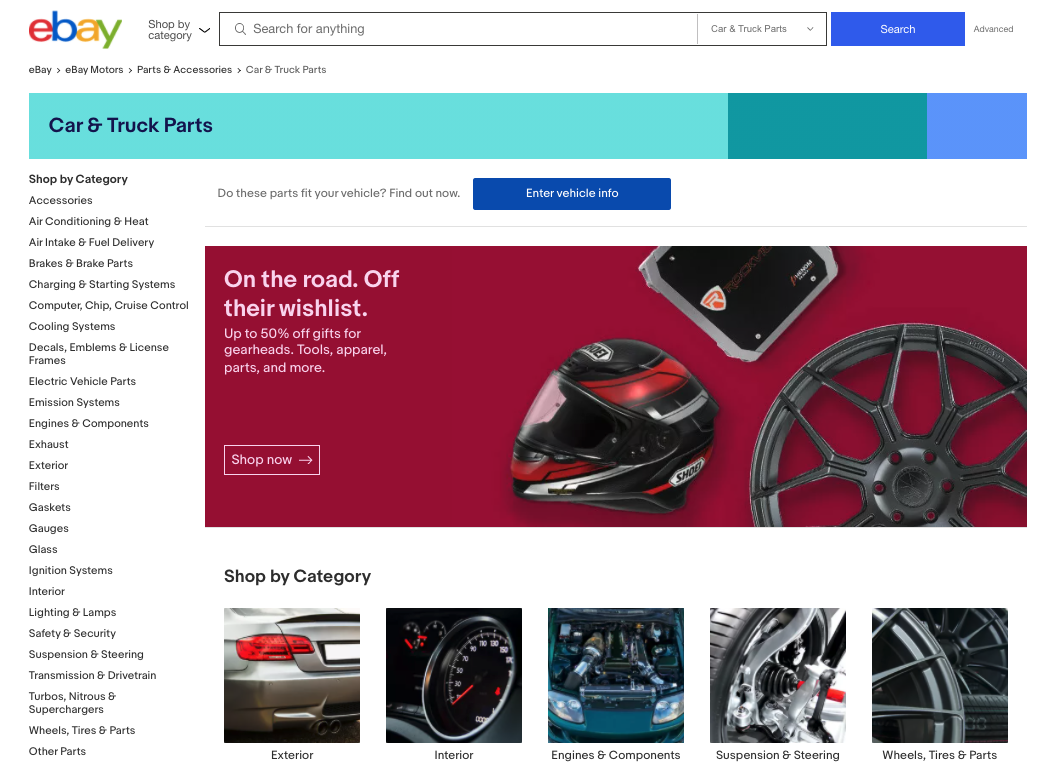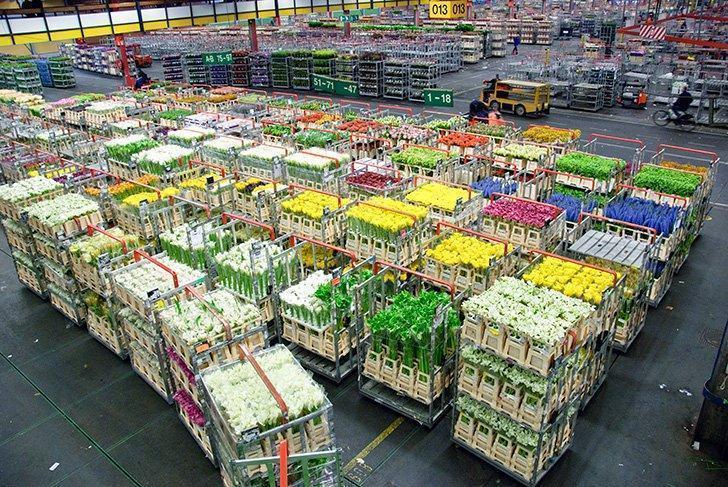A successful marketplace goes a long way for your organization, your partners and your customers by providing more visibility and opportunities for growth across the board. The level of success for a marketplace is determined by a number of factors. We’ve narrowed down five key components to provide perspective and guidance for those looking to optimize marketplace performance.
Supply and Demand
Lovingly referred to as the “chicken or egg” problem by marketplace connoisseurs, when creating or scaling a successful marketplace the co-creator must balance both supply and demand forces to grow a useful ongoing concern. But which came first — the supply or demand? With a marketplace like OpenTable, executives found that having a supply of 50-100 restaurants within a specific geography fulfilled the satisfaction requirements of diners in that city. In the case of Lyft, they quickly learned their main constraint would be on the supply side, so the company focused on improving the Driver onboarding experience to increase supply. Bounding the marketplace by geography or category so an entity can focus resources within a finite set boosts marketplace efficiency.
Trust and Safety
When safety or security is safeguarded, users have more trust in the company to help when and if problems arise. Bad news travels fast. If Amazon had a shoddy return process, it would be well-known, documented, and that negative word-of-mouth news would quickly spread. When user sophistication is high, it becomes increasingly important we’re aware of the rules and regulations that govern user behavior. Physical security is a part of the transaction in the brick-and-mortar world. (See Lyft and Uber). Providing marketplace safety features is a key component. If I lose my personal belongings in a car, what steps should I follow to come to a successful resolution and return of those personal effects? Trust in the brand overall can resolve issues with a company. The specific issues that the company holds dear and the values they follow through on is an effective way of building this trust. When something happens that brings trust into question, how does the marketplace handle it in an online or offline fashion?
Decentralized Community

eBay Seller Events are a place where new market suppliers can learn about the social norms of a marketplace. Major sponsors, entities or players may also be able to help establish procedures and processes, but those must be adopted by the community and aligned with their interests. Active seller tutorial videos on YouTube help new users get started selling, and they help explain how to use marketplace features and functionality to grow their business. This helps reduce barriers to entry that could trip up a new user.
Transactions
Efficiently onboarding new providers to the marketplace includes having the ability to quickly see bottlenecks within the operations of a marketplace and providing the necessary resources to unblock. Transactions are a goal but components like who is transacting on the supply side, who is transacting on the demand side, the reasons for transacting and the average ticket size also factor into the equation.
Efficiency and mechanisms to operate efficiently are key components. When growing supply and demand side, how quickly can a customer sign up and how many fellow customers do they refer? When a supply-side entity signs up, how long does it take to start transacting? By monitoring these key components, transactions and the components of those transactions will follow. Marketplace guarantees the transaction so the risk to transact is lower. This is where things like guarantees and policies and procedures by the marketplace forming committee or company can bolster and facilitate transaction flow.
Defensibility
 Defensibility or competitive moat doesn’t just apply to products — it also applies to curators of marketplaces. A seamless process that makes transacting or doing business as smooth as possible is ideal. Focusing on streamlining this process can be a defensible position in and of itself because it reinforces the high switching costs, which would not be worth the effort if there were a strong offering in terms of transacting over the marketplace.
Defensibility or competitive moat doesn’t just apply to products — it also applies to curators of marketplaces. A seamless process that makes transacting or doing business as smooth as possible is ideal. Focusing on streamlining this process can be a defensible position in and of itself because it reinforces the high switching costs, which would not be worth the effort if there were a strong offering in terms of transacting over the marketplace.
Aalsmeer Flower Auction in the Netherlands provides a unique and efficient way to auction flowers to the tune of 12.1 billion flowers and plants traded annually and 4.6 billion Euros in commerce. The flower market harnessed the power of the marketplace by making the process more efficient and standardized. The auction clock starts at a high price, and as the trolley of flowers appears, the clock counts down as the price decreases within a few milliseconds. The first person to lock in a price is the auction winner. This marketplace is successful because it also provides both buyers and sellers with a system of measuring and grading flowers to help buyers and sellers connect, which harnesses and builds trust. The stem length, number of stems in each bunch, flower color are all displayed as a standard for each bunch of flowers sold.
Online marketplaces have been around for a while, with varying degrees of success. They offer added value, an opportunity for competition and more innovative business models. Some of them fail, and some will prevail. There’s a new marketplace platform with a new approach launched every day. By planning ahead and building a strategy that factors in these five components, you’ll be well on your way to meeting your goals.
Fortellis Marketplace
The Fortellis Marketplace is a selling tool designed to help you reach new customers and markets. Maximize your listing's impact and go-to-market benefits, generate leads by helping customers understand how your app meets customer needs, and build new streams of business to provide consistent monthly income for your company with the Fortellis Marketplace.
Authored on Mon, 11/30/2020 - 20:46
